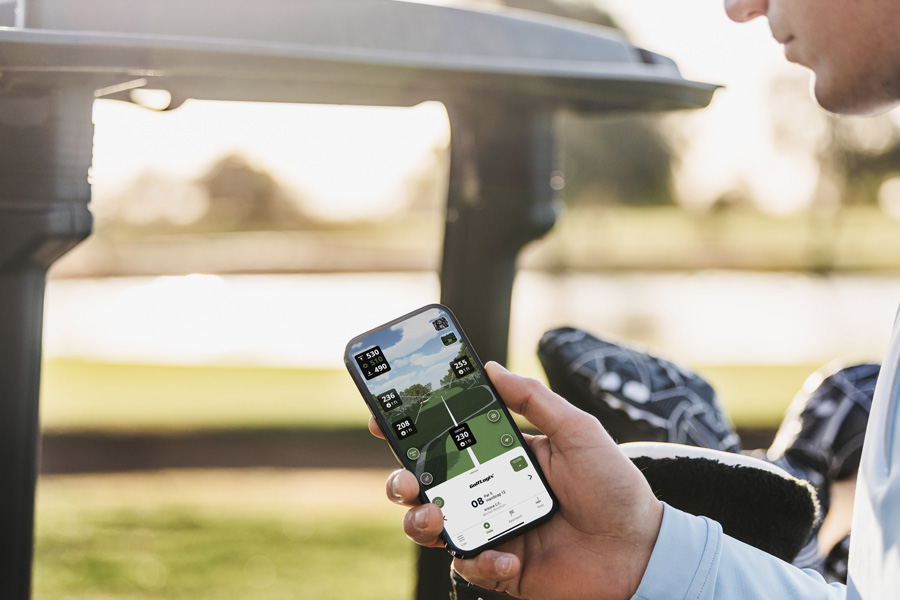Next-Level Putting: How Effective Green Reading Can Set You Apart This Golf Season
Green reading is a skill. If you have ever played golf with a caddie that helped you read the greens you probably know how important green reading information can be.Since you won’t have a caddie with you all the time, you’ll need to learn the skill of green reading. With the help of golf GPS the green reading process has become considerably easier. We will examine how effective green reading can set you apart and ensure you lower your handicap this golf season.
Identify the Overall Slope of the Green
Before you get ahead of yourself and start looking at the intricacies of putts, look at the overall slope of the green. How does the green flow? Look and see if it runs from front to back, if there are any tiers, and if any areas of the green are much lower than others.
Sometimes, looking at the entire space is easier than focusing on just the line from your golf ball to the hole.
Consider All The Different Approach Options You Have
Another issue many amateur golfers run into for longer putts is assuming there is just one way to the hole. Sometimes, longer, more difficult putts with more than one break give you a few different options.
You want to leave yourself with the best chance at less than three feet uphill. If that means you approach the hole straight, a little to the left or to the right that’s fine. Find a way that your golf ball can get up to the hole. It doesn’t have to be a one putt but you certainly don’t want a three putt.
Playing a ball straight with a little more speed can also eliminate some of the break.
Always Walk All The Way To The Hole
It’s rare to find a green that is a completely flat surface. To properly judge the distance between you and the hole you should walk all the way to the hole before you putt.
The putt could be longer or shorter than you originally thought. Watch professional golfers when they play, and you’ll see how they walk around the green before they putt.
The walking around is to analyze the green and give their brain time to absorb the distance from ball to hole.
Play to Make or Play To Miss
When putting, you have to decide if you are lagging one up there or trying to make the putt. Before you putt, you should be committed to your line.
That line should be predetermined to either leave you in a position or leave you in the hole.
Read the green to make or to miss, but don’t leave yourself undecided and stand over the ball without confidence.
Using Green Reading Tools
Green reading clicks and is easy for some golfers to figure out, even as new players. However, other players take some time to narrow this process down and get a feel for it. Whether you are good or bad at green reading, tools like GolfLogix can help you get better.
GolfLogix allows you to see the slope of a green and it gives you insight on exactly how the putt is going to break. Practice with the GolfLogix green reading tools on the putting green and then take your new skills to the course with you.
Maintain Focus
Part of effective green reading is making sure you stay focused.
You’ll want to focus on what other golfers are doing and on your chosen line. You can learn a lot from watching your golf ball approach the green and see how the ball rolls as other players approach.
When it’s your turn to putt, make sure that you are focused on the line that you have chosen. Last-minute adjustments and a lack of confidence make it hard to roll the ball on the intended line.
Final Thoughts
Maybe it’s not your putting stroke that needs work; maybe it’s the green reading. With the way technology has improved, it’s now possible to read greens with the help of a golf GPS app.
The GolfLogix app simplifies green reading and makes it easy for you to learn how greens break and move. If you can make just two or three more putts in the course of a round, it will have a significant impact on your handicap and your game moving forward.















